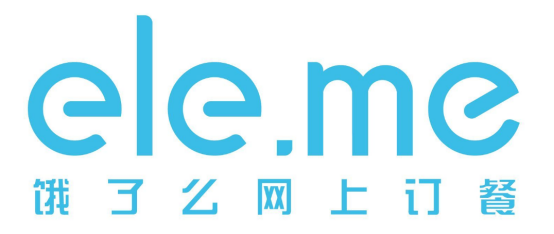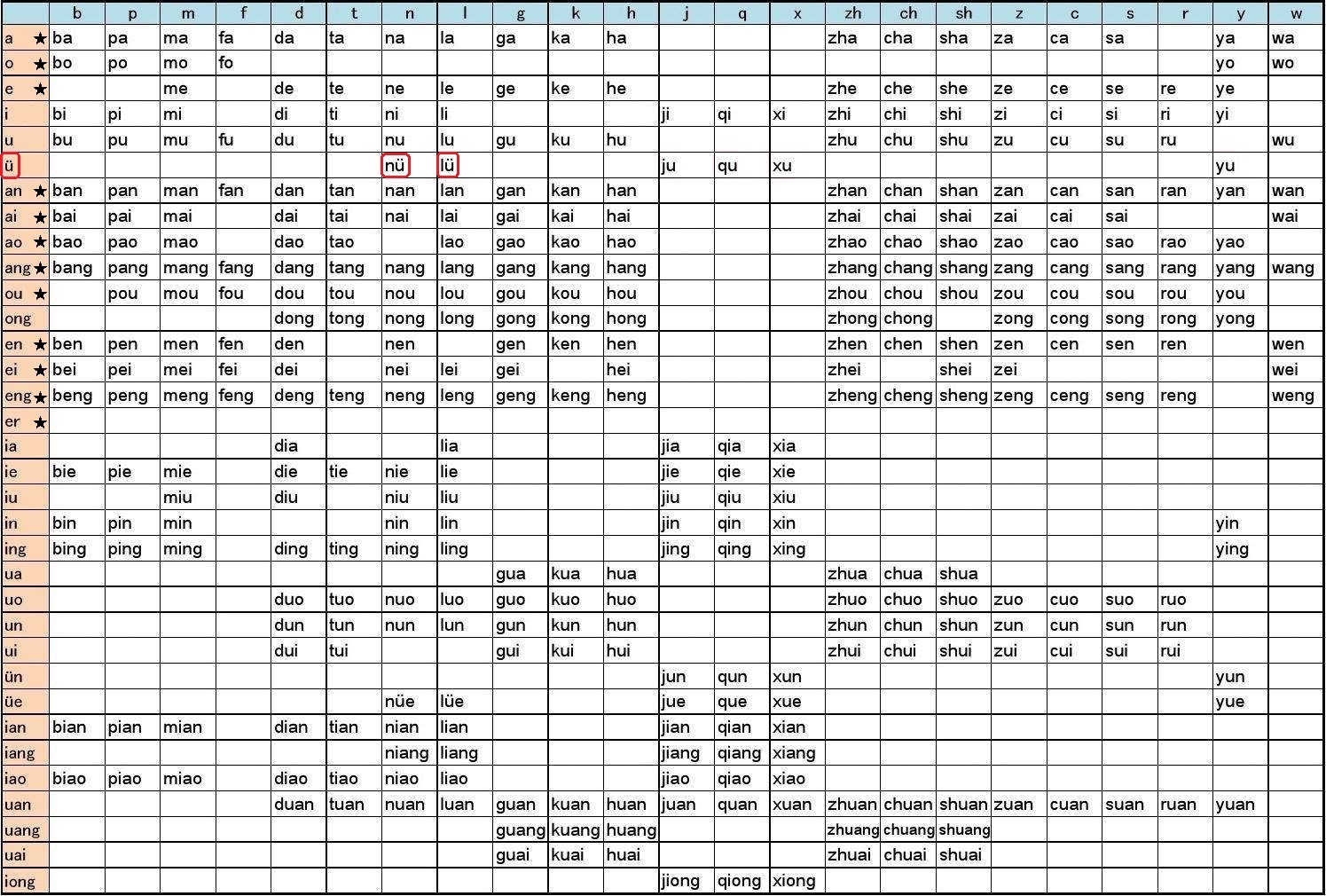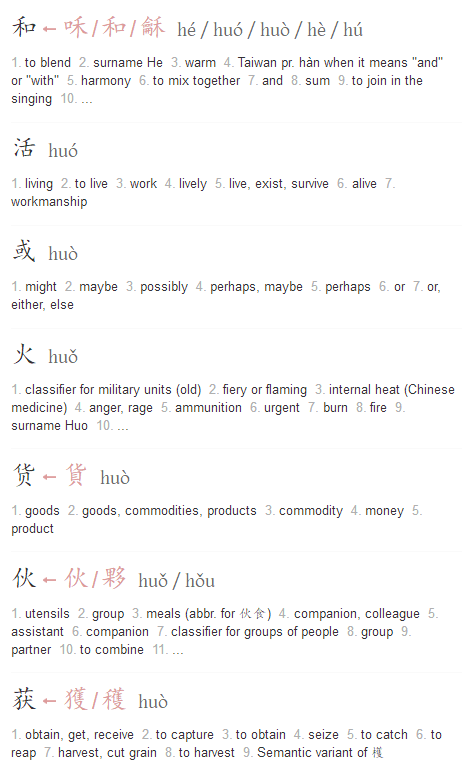Foreign friends in domain name industry often discuss with me about Chinese Pinyin domains, from that I could notice foreign domainers do have more or less some misunderstanding of Pinyin domains and Pinyin itself which preventing them from accurately judging the meaning of Pinyin words and the value of Pinyin domains. This reminds me of a forum post years ago that many foreign domainers being quite confused and curious about why the domain name Ele.me was sold at such a high price in view of the .me extension.
ele.me - contains 3 Pinyin words (e + le + me), which is also definetly a smart domain hack:
e -> 饿 -> hungry
le -> 了 -> one of Chinese modal particles, usually used after the verb or adj. to indicate completion
me -> 么 -> one of Chinese question particles, usually used in question form
The whole domain name ele.me in Chinese ‘饿了么’ means ‘(Are you) hungry (or not)?’, which’s also the exact brand name of one of the most famous Chinese online food delivery service providers. This company was acquired by Alibaba Group in April this year at totally $9.5 billion value.

Chinese Pinyin is a Hanyu Pinyin Romanization system, which contains comprehensive knowledge including its history, pronunciation, orthography, tones, etc. I appreciate the work at https://en.wikipedia.org/wiki/Pinyin and recommend it here to those like to dig deeper into Pinyin. In this article, I cut those parts away to keep only the necessary content, making it simple to ensure readers concentrate on just the following:
1. How to recognize a Pinyin domain
2. How to look up Pinyin’s meanings in both English and Chinese
3. Base on the meanings you got, to judge the domain name value
1.How to recognize a Pinyin domain
For the first topic, I would like to bring you a full table of Pinyin in Mainland China. Through which you’re able to recognize by yourself if a domain name can be classified as Pinyin domain.

(a.) Each Cyan grid contains one Pinyin Initial, which none of them can be solely used to represent Chinese characters - every Pinyin Initial needs to combine with one Pinyin Final to form a full Chinese Pinyin word in order to represent Chinese characters.
[e.g. ]
‘b’ as one Pinyin Initial, itself is not a full Pinyin word to represent Chinese characters. It needs to combine with one Final for example ‘a’ to form a full Pinyin word ‘ba’, which can represent Chinese characters such as ‘爸 - father’, ‘八 - eight’, etc.
(b.) Each Orange grid contains one Pinyin Final and please note that some of Pinyin Finals themselves can already represent Chinese characters, which I marked with ★ sign. While other Pinyin Finals without such ★ sign are not full Pinyin words and they need to combine with Initial to represent Chinese characters.
[e.g. ]
‘e’ as one Final with ★ sign, can itself represent Chinese characters such as ‘饿 - hungry’ as mentioned above, or ‘鹅 - goose’, etc.
However, ‘i’ as one Final without ★ sign needs to combine with one Initial for example ‘b’ to form a full Pinyin word ‘bi’, which can represent Chinese characters such as ‘币 - coin’, ‘比 - compare’, etc.
(c.) Each White grid contains one full single Pinyin word combined with one Pinyin Initial and Final. Let’s randomly choose some and see:
[e.g. ]
‘ta’ -> 他/她/它 -> he/she/it
-> 塔 -> tower
-> 踏 -> to tread, to step on
‘jin’ -> 金 -> gold
-> 今 -> now
-> 紧 -> tight
When it comes to 2-pin, here’s some examples:
‘kaixin’ -> 开心 -> happy
‘yangguang’ -> 阳光 -> sunshine
3-pin, for example:
‘qukuailian’ -> 区块链 -> blockchain
‘julebu’ -> 俱乐部 -> club
Also we’ve got 4-pin and better not to choose Pinyin domains longer than 4-pin:
‘zhongguoyinhang’ -> 中国银行 -> Bank of China
‘youhuayishu’ -> 油画艺术 -> oil painting
*When choosing domain names for those of more than 4 Chinese characters, Pinyin acronym would be the first choice:
‘XMXSJ’ -> which can represent the Pinyin acronym of ‘Xia Men Xin Shi Jie’ -> 厦门新世界 -> Xiamen the New World
‘JNSJL’ -> which can represent the Pinyin acronym of ‘Ji Ni Si Ji Lu’ -> 吉尼斯纪录 -> Guinness (World) Records
(d.)The last thing about this Pinyin table I would like to specially point out is this Final ‘ü’, written as a U with two dots above the letter. I also circled ‘ü’, ‘nü’ and ‘lü’ in red as you can see.
Please bear in mind that when Chinese people type ‘nü’ and ‘lü’ with all kinds of Pinyin Input Methods on PC, smartphone etc., and when they choose domain name containing these two Pinyin words ‘nü’ or ‘lü’, they will always use the letter ‘v’ to represent ‘ü’, NOT the letter ‘u’.
[e.g. ]
‘nü’ -> ‘nv’ -> 女 -> female
‘lü’ -> ‘lv’ -> 绿 -> green
From the table you can also see Pinyin words ‘nu’ and ‘lu’ separately above ‘nü’ and ‘lü’. Please note that they are completely different Pinyin words.
‘nu’ -> 弩 -> crossbow
‘lu’ -> 路 -> road
Let’s say you wanna invest in a Chinese Pinyin .COM domain with the meaning of women’s shoes, you should choose ‘nvxie.com’ rather than nuxie.com.
‘nvxie’ -> 女鞋 -> women’s shoes
[Note] One Pinyin word usually represents many Chinese characters however one Chinese character usually has got just one corresponding Pinyin unless it’s a polyphone.
2.How to look up Pinyin’s meanings in both English and Chinese
After you’re able to recognize Pinyin, for this part I simply list 3 tools to convert language among Pinyin, English and Chinese. Try and choose the one you like!
https://dictionary.writtenchinese.com/

https://chinese.yabla.com/chinese-english-pinyin-dictionary.php

http://dictionary.pinpinchinese.com/

3. Base on the meanings you got, to judge the domain name value.
Let’s take ‘huo’ for example using the tools mentioned above - though these 3 tools all use their own ranking algorithm and try hard, still a native Chinese won’t say the results listed are satisfying. For one reason, they list all possible results but failed to optimize the rankings thus too much unimportant info mixed up with the real info you need.



To accurately assess a Pinyin domain, we need to find out its most-used and most-recognized Chinese meanings with maximum potential marketing value.
‘huo’ reminds a Chinese immediately of the meanings of:
火 -> fire, hot
货 -> goods
活 -> to live
Foreign domainers can try installing and using Pinyin Input Methods to view the sequence of Chinese characters of particular Pinyin, take sequence and its corresponding meanings into account to get a more accurate assessment of the domain name.


Pinyin in Chinese domain market
In China, Pinyin domain has always been one of the top-class domain categories, even during recent years since 2014 of highly speculative market in bulk investment on Chinese Chips and Numeric domains.
Now some sensed the end of an era for domain ‘Chips’, more precisely the end of an era for almost all kinda bulk-speculative domains. Still a good thing to see domain market return to reasonable levels, as an old saying came back in vogue - ‘Return to Value Investing’. And to Chinese market, premium Pinyin domains stand for this Value.
As always, I welcome all friends and partners in domain industry & let me know if you’re interested in any Pinyin word so we could discuss further.

